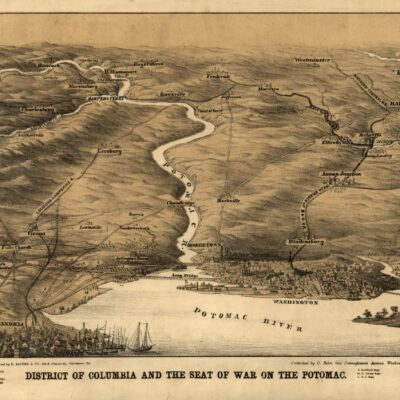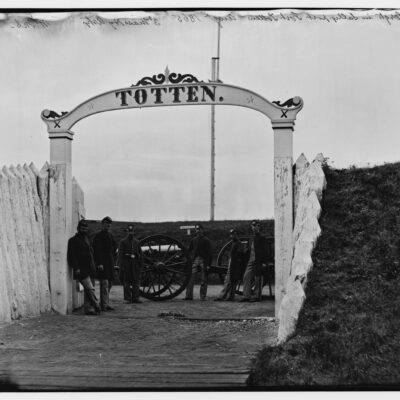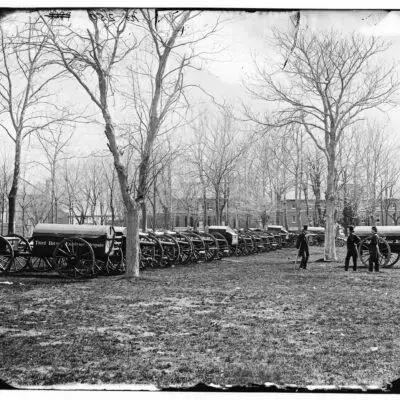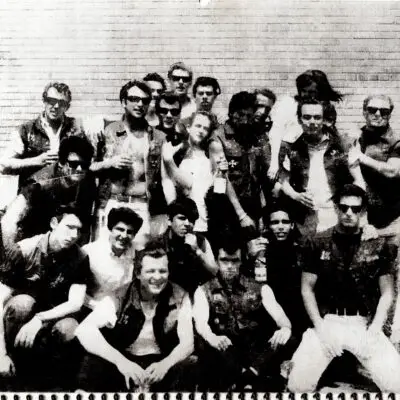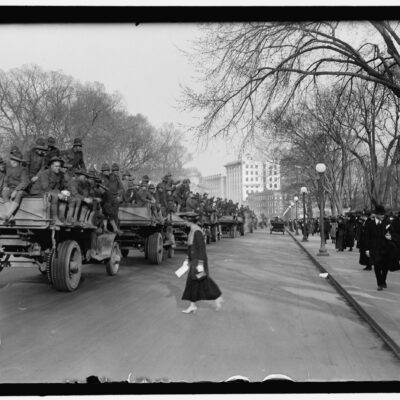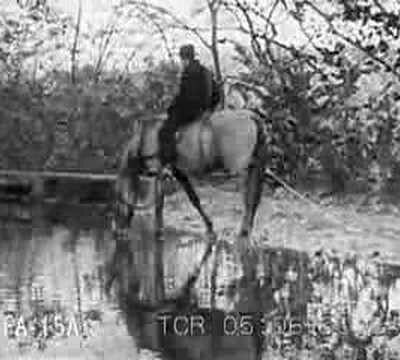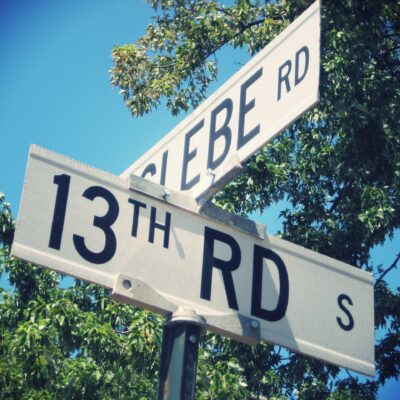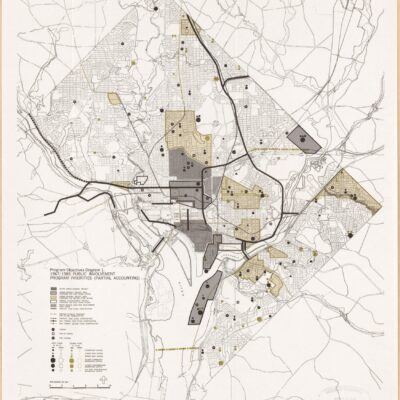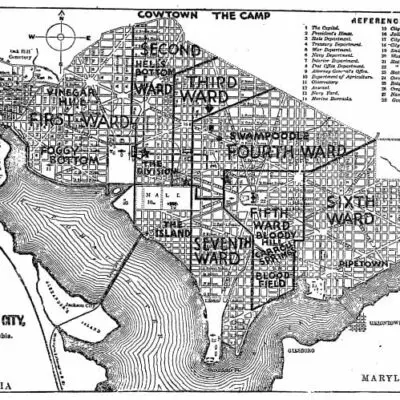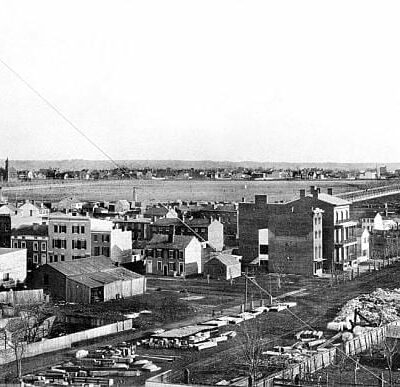This is a horrible story that I came across in the Washington Post. Read this in the context of it being the 1940s because it’s very disturbing.
In early June of 1946, the murder of a Don Glendening was front-page news. He was found dead in his apartment on Capitol Hill, having been bludgeoned to by a club.
Joseph Sturiale, the son of apartment’s owner, discovered Glendening after he. I can’t imagine a more gruesome and disturbing scene to come upon. On the floor next to the body lay an Indian war club. Don collected these old clubs and his attacker had beaten him to death with it.
This is an account of the 10-day manhunt across 13 states to find the killer, with daily updates and sensationalized headlines in the local newspapers. I should add that the papers often had ages, addresses and dates incorrect, but you’ll be able to follow the story.
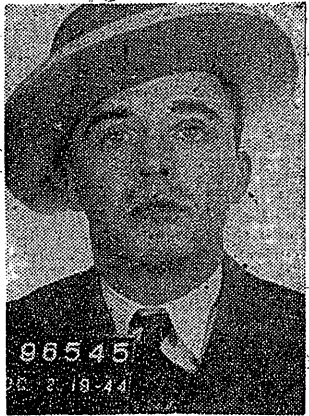
June 4th: Police checking military stations in area; victim’s auto is missing
Don B. Glendenning [sic], 42, his head crushed with an Indian war club, was found slain yesterday morning in his apartment at 321 E st. ne.
…
Believing a serviceman might have killed Glendenning, police were checking all camps and stations in the Washington area for persons who might have known the man.
They also were searching for Glendenning’s car, a 1941 Chevrolet couple, bearing District tags, 89–105, which they said was missing.
…
According to the story given police by neighbors, Hubert Andrew, 41, a watchman at Tompkins Construction Co. who lives on the second floor above the Glendenning apartment, called Sturiale about 9:30 a. m. yesterday to complain about “a strange odor” permeating the house.
…
A neighbor, Sergt. Frank E. Chase, who lives at 319 E st. ne., said that a “big birthday party had been held in Glendenning’s apartment Wednesday night in honor of his forty-second birthday.”
Chase also told police, they said that “thought that Glendenning had been married twice; that one of his wives had died from natural causes and the other had been killed in an automobile accident.”
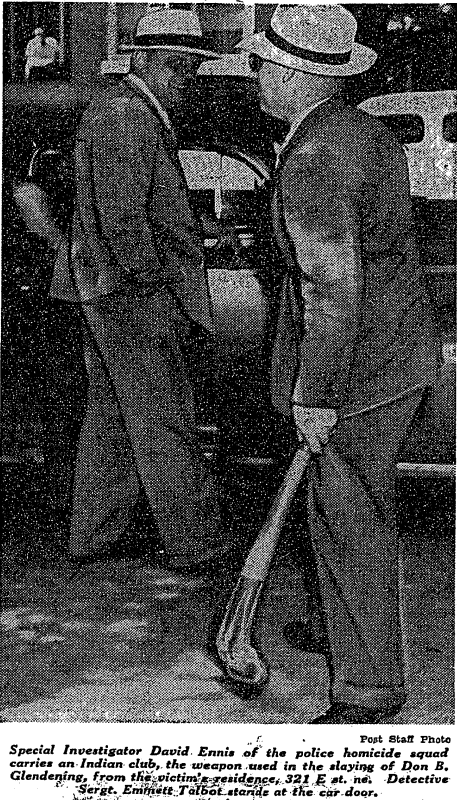
June 5th: Murder victim admitted his interest in men

The next day, an major twist was revealed when the Washington Post reported that Glendening was homosexual — remember, this is the 1940s, just a year after World War II. Homosexuality was (shockingly) not declassified as a mental disorder until 1973.
Needless to say, this twist in the story whipped the media into a frenzy as they covered this sordid tale.
A sex angle was injected into the Indian war club slaying of Don B. Glendening last night as police searched for the suspected killer, a blond young former serviceman.
Friends of the murdered man told detectives that Glendening had freely admitted homosexual interests, but that he disclaimed such an interest in the veteran.
…
A witness, Mrs. Laura Suber of 513 Rhode Island ave. nw., told police she had seen a mark park [Glendening’s] car there between noon and 1 p.m. Saturday–within a few hours of the time Glendening, 42-year-old radio repairman, was clubbed to death in his apartment at 321 E st. ne.
…
Police have narrowed the time of Glendening’s slaying to a 3-hour period from 9:30 a. m. to 12:30 p. m. Saturday. He talked to Fred Brown, assistant manager of Kitt’s Music Store, where he was employed until about a year ago, at 9:30 a. m.
-ad 199-
June 6th: Unnamed man is sought in club slaying
Washington, June 5 (AP)–A youth who so surrounded himself with mystery that his name never was mentioned during a week’s acquaintanceship with the victim was sought by police today in the Indian war club slaying of Don B. Glendening, 39-year-old radio repair man.
Advancing a belief that the slaying was premeditated, police said it was probably that for that reason the man sought made every effort to keep his true identity a secret.
From neighbors and friends, police learned that the man had lived with Glendening for nearly a week before the repair man’s body was found Monday on a blood-soaked bed in his apartment. Glendening’s head had been crushed with the war club, which lay on the floor near by.
…
Investigators said the man sought was taken to Glendening’s apartment by a man, identified as an art-gallery guard, who met the youth in a park on May 28.
From friends of Glendening, police said, they learned that the man sought had been on parties with the victim May 29 and 30, and also spent last Friday night in Glendening’s apartment.
June 7th: AWOL soldier sought in war club murder
By June 7th, the D.C. police department had a suspect positively identified. Henry Eisenbarth was the teenage soldier accused of murdering Dan Glendening. The Washington Post reported the following on Eisenbarth.
A 17-year-old soldier who went AWOL from Fort Belvoir just February 16 was being sought last night as the slayer of Don B. Glendening.
The youth was identified as Henry Eisenbarth, of 730 Grand Concourse, the Bronx, New York City. Police said evidence linking him to the Indian war club murder of the 42-year-old radio repairman would be presented to a coroner’s jury at an inquest at 11:30 a. m. today.
-ad 607-The police radio broadcast a lookout for the youth and said he was “wanted for murder.”
Police said the suspect has used the aliases of “Hank” and “Harpo,” that he appears to be about 20, although his actual age is 17, that he is between 5 feet 6 and 5 feet 7, weighs about 150 pounds, keeps his light blond curly hair combed back, has a round face, with a few freckles and a slightly turned-up nose.
The police lookout said Eisenbarth when last seen was wearing a white shirt, gray trousers and brown plain-toed exfords [sic]. It also contained the information that the youth was known to frequent taverns in the 1700 block of Pennsylvania ave. nw., the 400 block of 11th st. nw., and the 1100 block of 17th st. nw.
…
The youthful soldier was introduced to Glendening on Tuesday, May 28, by a friend of Glendening. He remained at the apartment. Glendening confided to one woman friend that his only interest in the youth was to teach him radio repairing as a profession.
June 8th: War-club slaying arrest ordered
By the June 8th, the suspect had been identified through fingerprints left in the car. The Baltimore Sun reported the following that day.
Washington, june 7 (AP)–A coroner’s jury today ordered Henry Eisenbarth, 17-year-old soldier held for grand jury action, if and when apprehended, in the Indian war club slaying of Don B. Glendening, 39, radio repairman.
Policeman John H. Haynes testified at the inquest that fingerprints found on the steering wheel of Glendening’s car were identified as Eisenbarth’s. Police said the youth has been a.w.o.l. from Fort Belvoir since February 16.
June 9th: 13 states hunt GI deserter in slaying
There was no hint yesterday as to the whereabouts of Henry Eisenbarth, 18-year-old Army deserter who is sought in conection [sic] with the Indian war club slaying of Don B. Glendening.
Local police have sent out 10,000 wanted circulars and have asked police of 13 States to be on watch for the youth.
The FBI also has an interest in capturing Eisenbarth as an Army deserter. he deserted from Fort Belvoir February 16.
At an inquest into the death of Glendening, whose nude and battered body was discovered last Monday in his apartment at 321 E st. ne., a coroner’s jury ordered Eisenbarth held for action by the grand jury if and when captured.
-ad 611-
June 14th: Niagara Falls police seize ‘war club’ case fugitive
Henry Eisenbarth, 18-year-old Army deserter, sought as the wielder of an Indian war club which was used as the murder weapon in the slaying, June 3 of Don B. Glendening, 42-year-old radio repair man, in his apartment at 321 E st. ne.
-ad 618-…
In Niagara Falls, two city policemen arrested Eisenbarth in the bar of a cheap downtown hotel at 4:55 p. m., Police Chief Martin T. Considine told The Post.
The policemen, George Truesdale and Roy Daubney, made the arrest after studying circulars and pictures they received yesterday from Inspector Robert J. Barrett, chief of detectives here.
Considine said Truesdale and Daubney remembered seeing a man answering Eisenbarth’s description in the downtown area they patrolled. He said the two policemen started canvassing bars, poolrooms and hotels as soon as they reported for duty yesterday at 4 p. m.
…
The young soldier, who went AWOL February 16 from Fort Belvoir, had $3 on his person when arrested and was wearing Marine trousers and civilian shirt and jacket, Considine said.
Considine said Eisenbarth told them he had with him a jacket and a pair of trousers taken from Glendening’s apartment.
The Niagara Falls police chief said the young suspect readily admitted clubbing Glendening to death. Eisenbarth claimed that Glendening, who admitted homosexual interests, had made advances toward him, Considine said.
Considine said Eisenbarth told them he had left Washington on the day Glendening was murdered and had been living in Niagara Falls on $70 which he took from Glendening’s clothing.
Two days ago–before Niagara Falls police received the “flyers” sent out by Barrett–Eisenbarth walked into the Niagara Falls police headquarters and reported a car had been stolen from him, Considine declared.
June 15th: Club slayer begins bitter trail back to D. C.
Niagara Falls, N. Y., June 14–The bitter trail back to Washington began tonight for 18-year-old Henry Eisenbarth.
Strippde [sic] of his characteristic glibness and shorn of his victim’s finery, Eisenbarth, confessed slayer of Don B. Glendening, boarded a train handcuffed to Detective Sergeants R. Emmett Talbot and Robert G. Kirby of the Washington Homicide Squad.
He was returning to Washington to repeat his defense that he clubbed Glendening to death because the latter made perverted advances.
Eisenbarth is not very tall. About five feet six at most. But when first seen, one is impressed with the latent power he carries in his stocky frame. You notice then his dull, almost vacant expression. He does not smile. His eyes are slumbering and deep set.
…
Earlier, the young Army deserter had not objected when asked to line up for a picture with the two Niagara Falls polcement [sic] who captured him. Nor was he unusually surly when aroused about midnight last night to talk to a Washington post reporter.
“Sure, I hit him–once,” Eisenbarth had said. He looked grubby in a dirty shirt open at the neck then. He was wearing a pair of Marine trousers. He turned to Capt. Norman Wagner and Detective Lieut. John R. Shay of the local force and asked for a cigarette. He lit up.
…
“He tried to get dirty with me,” said Eisenbarth, meanwhile letting the cigarette sag on his lower lip and peering sleepily through the bars.
Did you know you had killed Glendening?
“I heard him groan. I didn’t know he was dead,” he said.
Eisenbarth talked on. He was uncertin [sic] about dates. He wasn’t sure that date he had first met Glendening. he wasn’t sure what day it was that he picked up an Indian war club and crushed the skull of the 42-year-old Glendening in the latter’s aptrment [sic] at 321 E st. nw. [sic]
…
He said he had been in the Masonic Home at Utica, N. Y., from the age of 5 to the age of 15.
He nonchalantly admitted that he had picked up about $70 in cash and a complete set of natty clothing before leaving the scene of the murder.
Eisenbarth admitted these same things again today. Only this time dragged him back and forth painstakingly over each detail.
Te [sic] told them, too, that his blow against the “perverted” piano tuner Glendening had been one of passion and rage.
He repeated that he had taken about $70 of his victim’s money. Police believe he stole more.
He repeated the story of his trip to Niagara falls and of how he had squndered [sic] all of his cash and was receiving charity from a new-met girl friend. But above all, he repeated: “I hit him just once when he asked me to do something dirty.”

I’m not even sure how to comment on this crazy story. It’s just so shocking and appalling.
By the way, these were the least proofread articles I have seen thus far. Ridiculous typos and the incorrect quadrant for the victim’s address.
The Glendening murder was a tragic tale of a middle-aged man, who became one of 91 homicides in the District during 1946. Eisenbarth was sentenced to serve between 3 and 15 years in prison for manslaughter. He was initially indicted for first-degree murder, but was allowed to plea the lesser charge in light of his youth and lack of premeditation.

